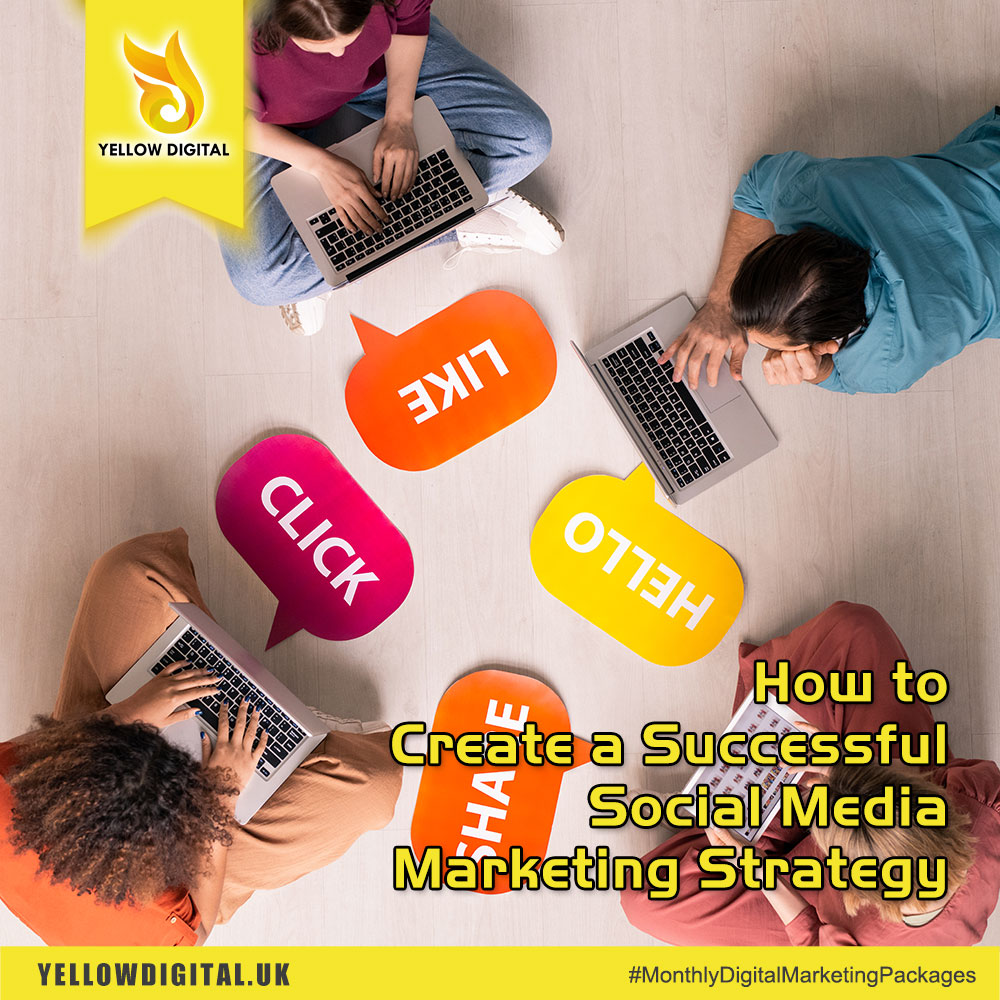Having a clear content marketing strategy can help you stick to your posting schedule and make sure everything you post meets your overall goals. Here are 7 steps to creating the best content marketing strategy.
Step 1: Create content pillars
Now that you have an idea of your direction, you need to narrow your focus. Content pillars help you categorize the content you post so that you can more easily visualize how it aligns with your goals. Content pillars vary depending on your goals, but here are a few examples:
- Interactive
- Offers or calls to action
- Events
- Company news
- Behind the scenes
- Product promotion
- Branding
Instead of just posting self-promotional content, it’s important to have a variety of columns of content that together help create a three-dimensional picture of your business. Ration the number of digits based on the importance and effectiveness of the column. That way, you can have a wider range of content, stay in tune with your goals, and reach as many people as possible.
Step 2: Create a plan
This is where all of your posts are organised by category and date so you have a clear idea of when to post, post, or send your content. Below are some examples of clear plans:
- Monthly Calendar : An overview of the daily content on all platforms.
- Monthly Calendar : Useful for long-term planning around date-specific events.
- Platform Plan : A clear view of the content on a single platform.
Find a plan that best fits your planned content planning.
Step 3: Perform a content audit
A content audit is an important step in understanding how to organize and optimize your existing assets. The review should be done on two levels: content and channels. Make a note of what content you already have and what platforms you publish it on. This includes newsletters, articles, blog posts, and posts on your social media channels. Rate each one based on these questions:
- Which channels have the biggest audience?
- What time of the day does my content get the most engagement?
- Is this evergreen content that can be reused and recycled for future content?
- Which one does the worst?
- Is my existing content in line with my business and content goals?
- Which channels drive the most engagement and which are weak?
- What kind of content does the best?
Based on the evaluation of your current content, you will have a clear direction in your strategy, know what type of content you should develop further and which platforms you should use to best convey your message.
Step 4: Have a clear goal
Set specific goals and they will guide all of your content. Ever wondered why you need to publish content in the first place? Your goals can be short-term, for example contributions in the run-up to an event or a product launch, as well as long-term: improving the SEO ranking of your website, generating more leads overall or gaining more followers on different platforms. Your content should always contribute to a goal. They should also be in line with the overall goals of your brand / company.
Step 5: Delegate roles
A good strategy includes clear roles for your team. Make sure you define who is responsible for what content or platforms, and this will ensure things get done at the right time.
Step 6: Decide what type of content you want to publish
Take a look at all of the information you gathered in the last three steps. Based on your goals, assets, and pillars of content, determine what types of content are best to meet your goals and get the most engagement from your target audience. This content can be:
- Social media posts
- Infographics
- Reports
- eBooks
- Articles
- Newsletters
- Blog posts
Again, be sure to balance the type of content you post to stay relevant and avoid repetition.
Step 7: Be flexible!
Make your content marketing plan flexible enough to react to sudden changes in your company or your social environment and to take them into account. This could mean recreating a viral trend and adding to the conversation or responding to a specific social event to show your company’s awareness. This will also help make your content more human and tailored to your community.




